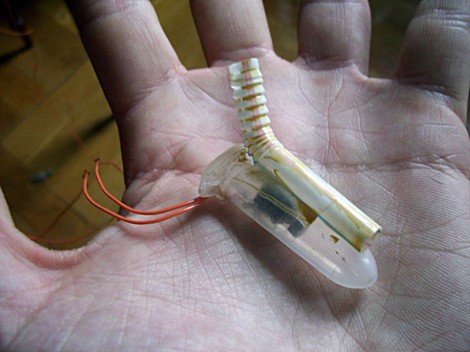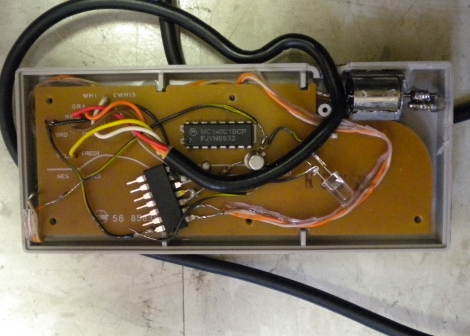Hour glasses have long been a way to indicate time with sand, but the one-hour resolution isn’t the best. [Erich] decided he would be do better and made a clock that actually wrote the time in the sand. We’ve seen this before with writing time on a dry erase board with an arm that first erases the previous time and then uses a dry erase marker to write the next time. [Erich]’s also uses an arm to write the time, using the tip of a sea shell, but he erases the time by vibrating the sandbox, something that took much experimentation to get right.
To do the actual vibrating he used a Seeed Studio vibration motor which has a permanent magnet coreless DC motor. Interestingly he first tried with a rectangular sandbox but that resulted in hills and valleys, so he switched to a round one instead. Different frequencies shifted the sand around in different ways, some moving it to the sides and even out of the sandbox, but trial and error uncovered the right frequency, duration, and granular medium. He experimented with different sands, including litter for small animals, and found that a powder sand with small, round grains works best.
Four white LEDs not only add to the nice ambience but make the writing more visible by creating shadows. The shells also cleverly serve double duty, both for appearance and for hiding things. Shells cause the arms to be practically invisible until they move (well worth viewing the video below), but the power switch and two hooks for lifting the clock out of the box are also covered by shells. And best of all, the tip that writes in the sand is a shell. There’s plenty more to admire about the cleverness and workmanship of this one.
















